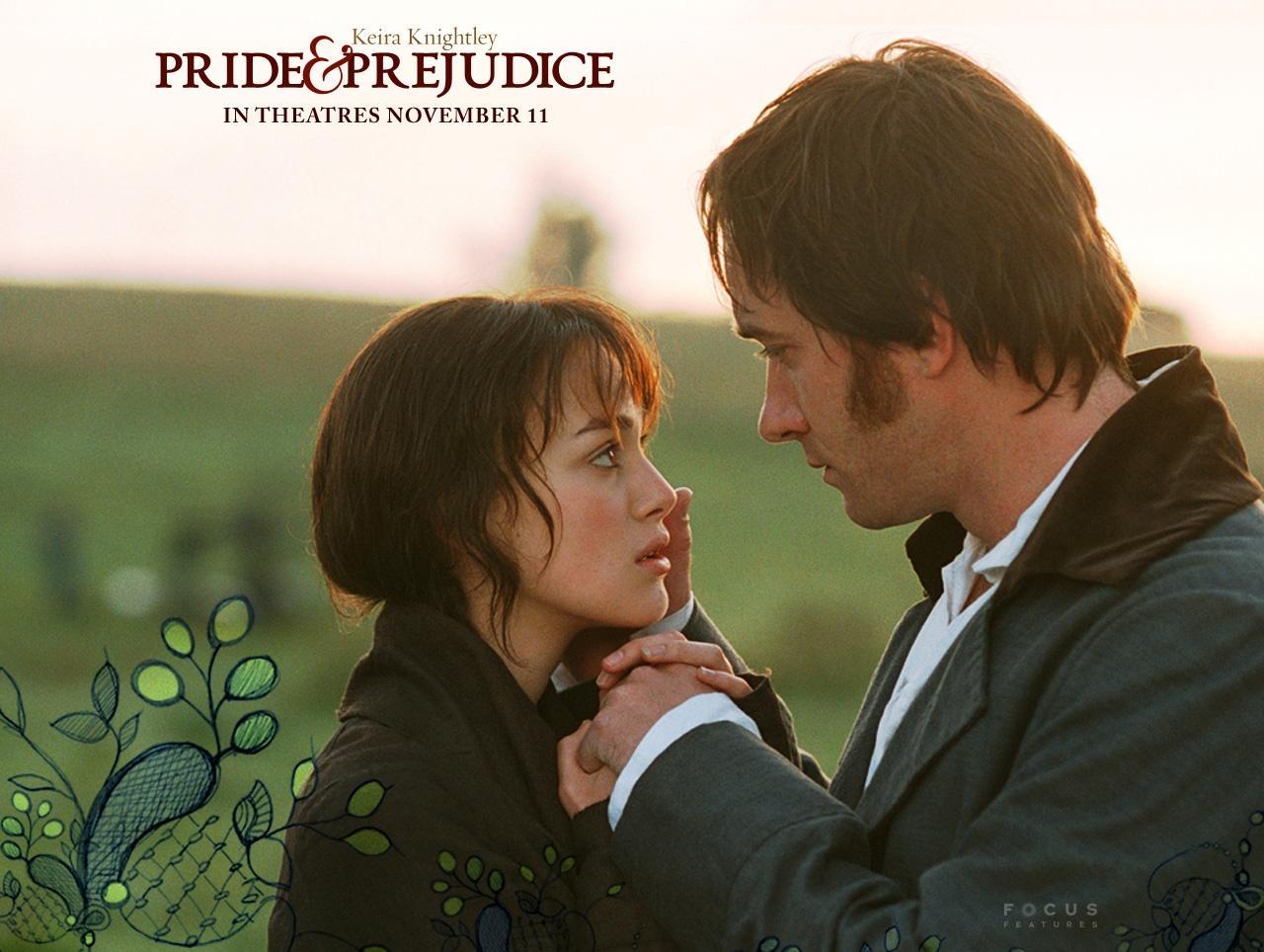When Warner Bros. announced plans to launch a Barbie movie, the entire premise sounded a bit like a game of Hollywood Mad Libs gone wrong: Quick, name a beloved indie director (Greta Gerwig!), an unadapted piece of intellectual property (Barbie dolls!), and an adjective (neon pink!). Every new piece of information that trickled out on the (lengthy) press tour seemed stranger than the last. Gerwig (Lady Bird, Little Women) cited 2001: A Space Odyssey and Gene Kelly musicals as her biggest inspirations. Elaborate dance numbers were teased. Ryan Gosling gave a lot of quotes about something called “Kenergy.” What actually was this movie, and could it possibly live up to all that hot pink buzz?
The verdict? Never doubt Gerwig. The Oscar-nominated filmmaker has crafted a fierce, funny, and deeply feminist adventure that dares you to laugh and cry, even if you’re made of plastic. It’s certainly the only summer blockbuster to pair insightful criticisms of the wage gap with goofy gags about Kens threatening to “beach” each other off.
The film (in theaters this Friday) whisks viewers away to Barbie Land, a candy-colored toy box wonderland of endless sunshine. It’s there that our titular heroine (Margot Robbie) spends her days, each just as magical and neon as the one before. There are always other Barbies to party with — including Doctor Barbie (Hari Nef), President Barbie (Issa Rae), and Mermaid Barbie (Dua Lipa) — as well as an endless supply of devoted Kens, led by Gosling’s frequently shirtless boy-toy. It’s a plastic paradise for Robbie’s Stereotypical Barbie, the type of doll that immediately comes to mind when you think of Barbie.
But something’s gone wrong. Her Malibu Dreamhouse malfunctions; her mind is clouded by un-Barbie-like thoughts of death; and her perfectly arched feet now fall flat on the floor. So, our heroine sets out to seek some answers from Barbie Land’s pseudo mystic, Weird Barbie (Kate McKinnon), who says a rift has opened up between their world and the real world, and she must brave the long trek to Los Angeles to find the human playing with her doll to remedy the situation. You bet her ever-loyal Ken (Gosling) is coming along for the ride.
Once Barbie and Ken begin roller-blading around L.A., however, they both realize that they’ve essentially entered a mirror dimension. Where are the female presidents, the CEOs, the astronauts? Barbie was supposed to empower young girls to dream big, but she hasn’t had the feminist effect she anticipated — and in fact, she might have made things worse. Gerwig tackles the doll’s complicated legacy head on, exploring how Barbie’s reputation here isn’t one of leadership or creativity but of corporatized objectification. Barbie herself is horrified, facing crude comments and misogyny for the first time in her (plastic) life. But to Ken, this newfound idea of patriarchy is intoxicating, and he quickly enters a spiral of masculinity, luxuriating in trucks, cowboy hats, and the addictive thrill of power.

Gosling has already scored praise for his earnest himbo performance, and in truth, he steals the show. For an actor who’s spent much of his career brooding moodily (see: Blade Runner 2049, Drive, First Man), here, he finally gets to tap into his inner Mouseketeer, dramatically draping himself at Barbie’s feet or breaking into a shirtless power ballad called “I’m Just Ken.” His Ken has very little going on inside his brain, but his heart is brimming with emotion: love and admiration for Barbie, a longing for masculine validation, and a wide-eyed curiosity about the world around him.
Robbie still remains the real star of Barbie. Physically, the blonde Australian actress already looks like she stepped out of a Mattel box (something the film itself plays on during one particular gag), but she gives an impressively transformative performance, moving her arms and joints like they’re actually made of plastic. Robbie has brought a manic physicality to previous films including Babylon and Birds of Prey, but she now embraces physical comedy to the max. (At one point, she face-plants on the floor, limbs askew like a toy dropped by a toddler.) As Barbie begins to discover more about the real world, Robbie’s performance gradually shifts to become more human. One of the most moving moments comes about halfway through the film, as Barbie perches quietly on a park bench, silently observing the humans around her.
If the film has a flaw, it’s that Barbie and Ken are so delightful that their real-world counterparts feel dull by comparison. America Ferrera and Ariana Greenblatt play a frazzled mother and her sardonic teen daughter, who’ve drifted apart over time. Ferrera fills her days at her boring Mattel office job by doodling alternative Barbies, ones that are plagued by cellulite or haunted by thoughts of death. Her feminist daughter is dismissive of everything Barbie represents, dressing down Robbie with a pointed sneer. Ferrera admirably delivers one of the film’s biggest emotional speeches, but surprisingly, the human characters never feel quite as lived-in as their plastic doll companions.
Still, Barbie works hard to entertain both 11-year-old girls and the parents who’ll bring them to the theater. Gerwig co-wrote the script with her partner and longtime collaborator Noah Baumbach, and the entire screenplay is packed with winking one-liners, the kind that reward a rewatch. The fear is that Hollywood will learn the wrong message from Barbie, rushing to green-light films about every toy gathering dust on a kid’s playroom floor. (What’s next, The Funko Pop Movie? Furby: Fully Loaded? We already have a Bobbleheads movie, so maybe we’re already there.) But it’s Gerwig’s care and attention to detail that gives Barbie an actual point of view, elevating it beyond every other cynical, IP-driven cash grab. Turns out that life in plastic really can be fantastic.



